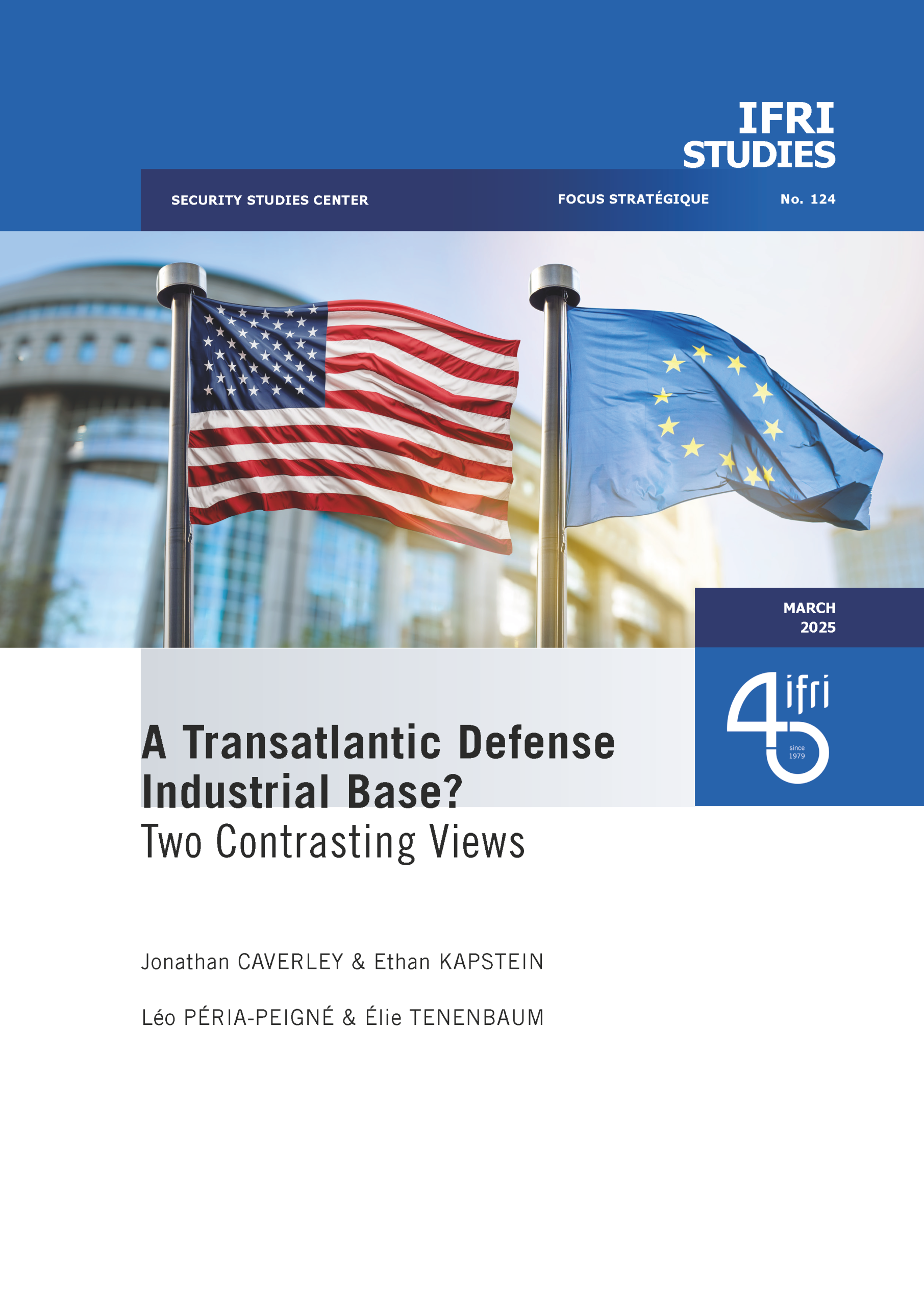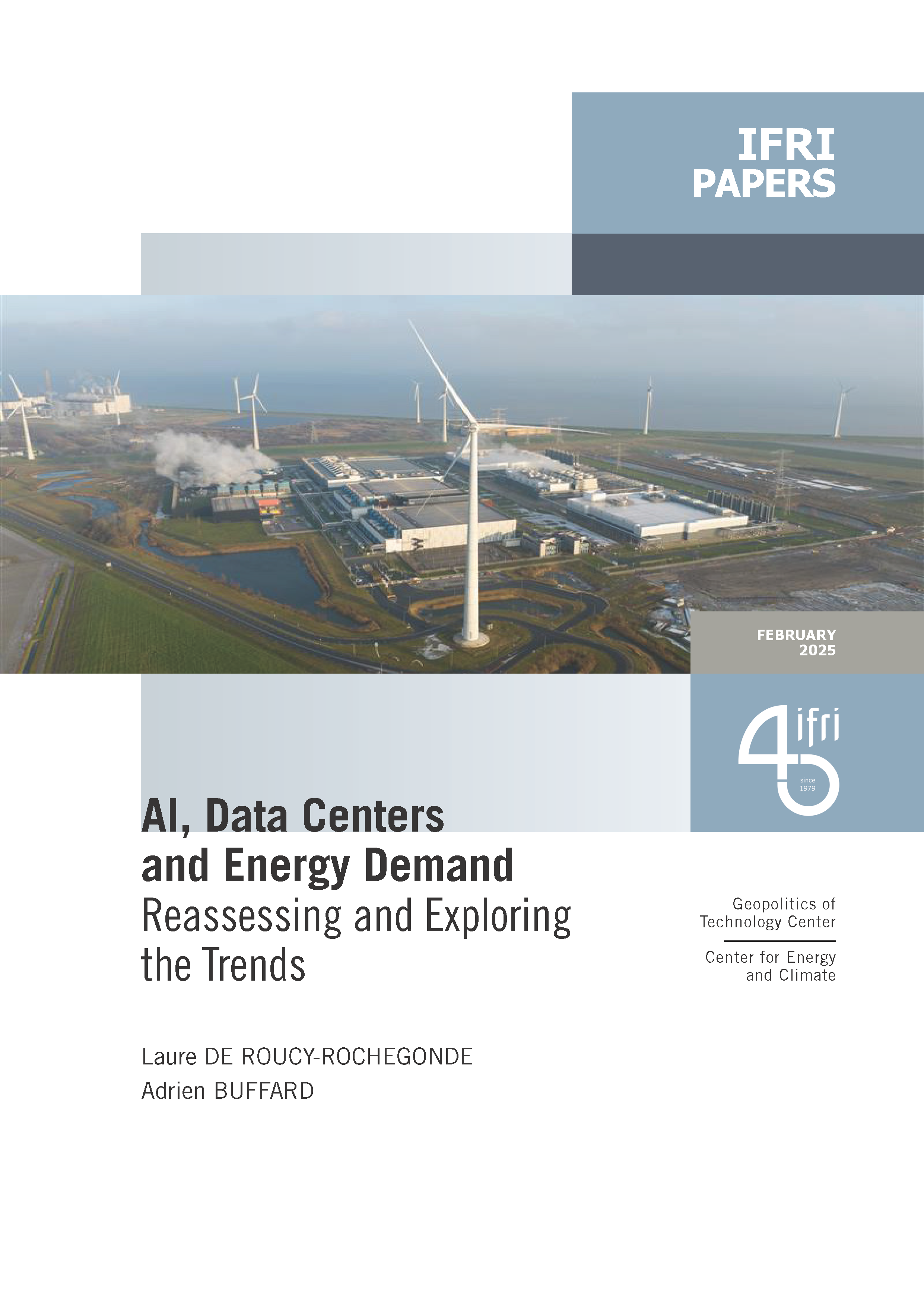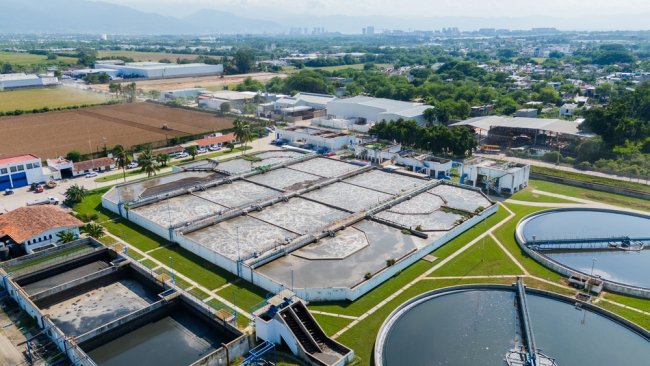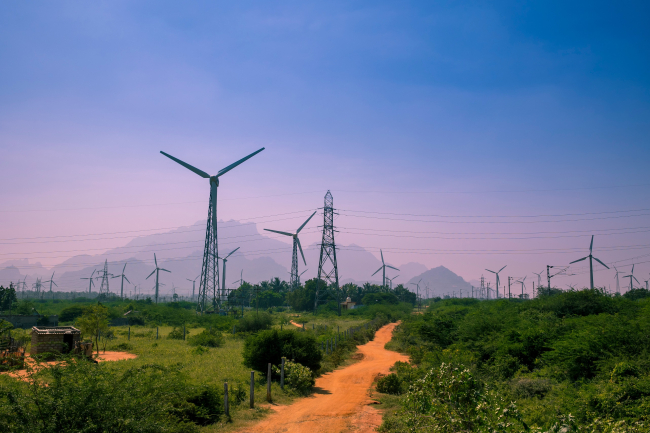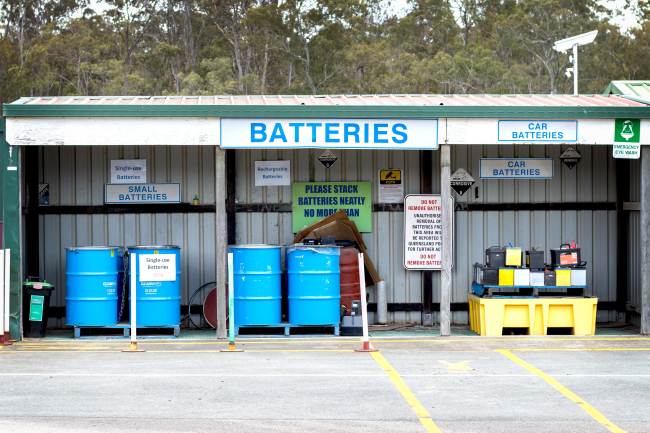Gas Routes to Europe: Real Needs and Political Jockeying

The Energy Roadmap 2050 released by the Commission in December 2011 says it all: we will need more gas until 2030. Gas represents the default solution for a transition to an energy system with less GHG emissions. It also has great value as a back-up for intermittent renewable power generation. Therefore, stating that Europe still needs large quantities of gas means checking if supply volumes are available to satisfy growing demand.
Internationally there was an extraordinary abundance of gas in 2011, due to the expansion of US shale gas output. At the European level, the economic crisis and the particularly mild winter (until February 2012) further amplified this situation. European gas prices were far cheaper on spot markets and large volumes were still available in most countries.
Despite this context, European gas demand is set to increase and gas will represent one of the main energies in the fuel mix, in the years to come. In fact, situations differ from country to country, while European legislation aiming at lowering the carbon content of our economies and of our energy mixes will push member states (like Poland) to replace progressively more polluting fuels (coal and oil) with gas. Other political choices may influence gas demand, such as Germany’s exit from nuclear power. In fact, one of the fastest and cheapest solutions to replace base load nuclear generation is the construction of Combined Cycle Gas power plants.
As carbon capture storage is still waiting for favorable price signals, and as domestic gas production is diminishing rapidly in all Member States and EEA countries, attention is clearly focusing on the security of supply and on import infrastructures...

Available in:
Regions and themes
Share
Download the full analysis
This page contains only a summary of our work. If you would like to have access to all the information from our research on the subject, you can download the full version in PDF format.
Gas Routes to Europe: Real Needs and Political Jockeying
Related centers and programs
Discover our other research centers and programsFind out more
Discover all our analysesWater in Mexico: an Emergency that Will Wait
Access to water is already and will become increasingly problematic for Mexican economic actors due to the progressive scarcity of the resource resulting from climate change, a geographical distribution that does not coincide with that of the population or economic activity, and management that has so far been far too lax.
AI, Data Centers and Energy Demand: Reassessing and Exploring the Trends
The information and communication technologies sector today accounts for 9% of global electricity consumption, data centers for 1-1.3%, and artificial intelligence (AI) for less than 0.2%. The growing energy demands of cloud services first, and now AI workloads (10% of today’s data centers electricity demand), have exacerbated this trend. In the future, hyperscale data centers will gain shares amongst all kinds of data centers and AI will probably account for around 20% of data centers electricity demand by 2030.
Unlocking India’s Energy Transition: Addressing Grid Flexibility Challenges and Solutions
India is rapidly scaling up its renewable energy (RE) capacity, adding 15–20 GW annually, but the ambitious goal of 500 GW of non-fossil capacity by 2030 is at risk unless the pace accelerates.
Europe’s Black Mass Evasion: From Black Box to Strategic Recycling
EV batteries recycling is a building block for boosting the European Union (EU)’s strategic autonomy in the field of critical raw minerals (CRM) value chains. Yet, recent evolutions in the European EV value chain, marked by cancellations or postponements of projects, are raising the alarm on the prospects of the battery recycling industry in Europe.


